In 2022, Apple TV+ introduced us to Severance, a sci-fi thriller that doesn’t just entertain – it grips you with its unsettling premise.
In a world where your work and personal lives are literally severed, the question isn’t just how this happens but whether it should happen at all. From its tantalizing mysteries to its moral dilemmas, Severance forces audiences to examine the cost of compartmentalization.
How Does the Severance Procedure Work?
At the core of Severance lies the chilling severance procedure. The concept is deceptively simple: a microchip implanted in the brain divides a person’s consciousness into two distinct identities—one for work (the innie) and one for personal life (the outie).
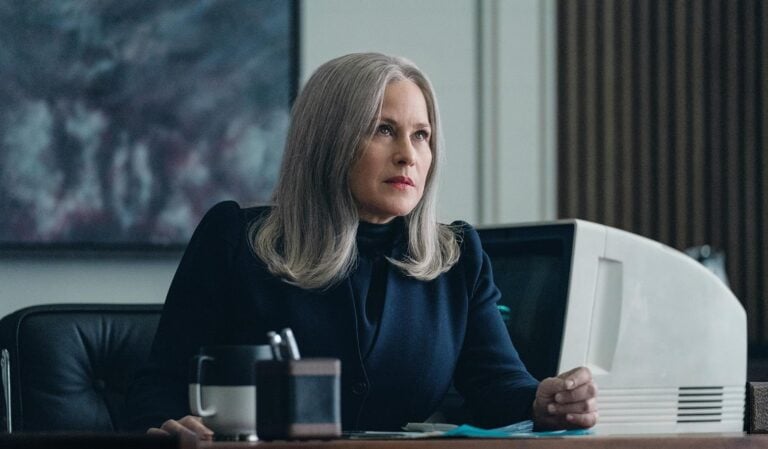
The transformation is triggered as effortlessly as an elevator ride, where the chip activates, flipping the neural pathways between these identities.
But beneath its seamless appearance lies something darker. Lumon, the enigmatic corporation at the heart of Severance, requires workers to record consent videos before undergoing the procedure, shielding the company from liability.
These pre-recorded agreements, however, can’t erase the psychological aftermath. For the innies, life begins and ends within Lumon’s walls, leaving them utterly disconnected from the outside world.
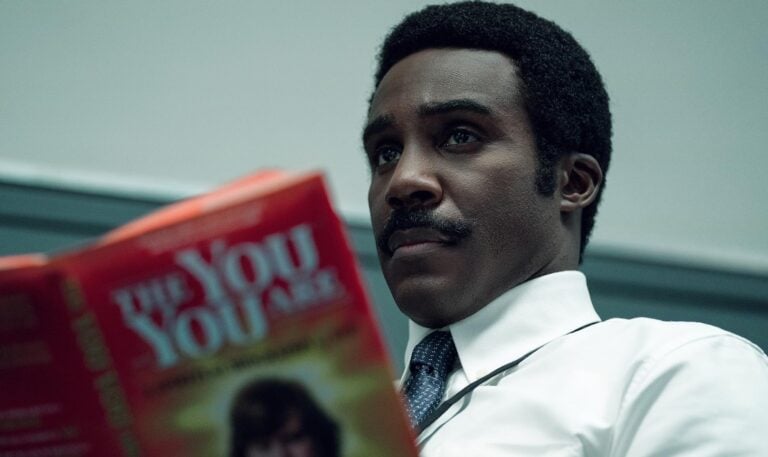
For the outies, a significant chunk of their lives disappears into a void, never to be understood. This duality creates a haunting ripple effect, both for the characters and the viewers.
Who Are the Innies, and What Makes Them Unique?
The innies are essentially the ultimate “work selves.” They inherit their host’s personality but lack any memories of life outside Lumon. They live in perpetual awareness of the workplace and nothing else.
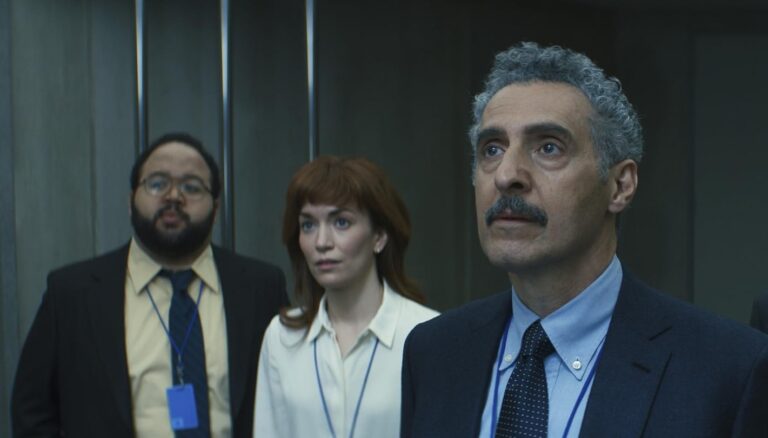
For Mark’s innie, this means no lingering grief over his wife’s death—but also no understanding of his own existence beyond the fluorescent confines of Lumon.
Yet, this blank-slate existence isn’t without its own torment. Mark’s innie and his coworkers grapple with the agonizing realization that they know nothing of who they truly are. The innies are treated as tools, their autonomy restricted to serve Lumon’s goals.
What happens when they quit or are fired? They cease to exist – a fact that feels less like corporate policy and more like dystopian horror.
What About the Outies?
If the innie is the blank canvas, the outie is the painter who has no memory of what they’ve created. Outies live their personal lives unaware of the grind their innies endure. To them, the workday is a black hole: eight hours gone in the blink of an eye.

While this might seem liberating at first glance, Severance portrays how this ignorance creates its own strain. Mark’s outie, for instance, sought severance to escape his grief, but the result is a personal life that feels disconnected and unfulfilled.
Outies like Helly have no idea who they interact with at work or what they contribute. The toll is apparent—entire chunks of life, meaning, and experience are erased in service to Lumon’s mysterious agenda.
Why Does Severance Spark Ethical Debates?
Severance doesn’t shy away from the ethical landmines of its world. What does it mean to erase a part of yourself? Are innies truly human if their existence hinges entirely on corporate needs? Is it ethical to separate a person from the pain of their past when that pain might shape who they are?
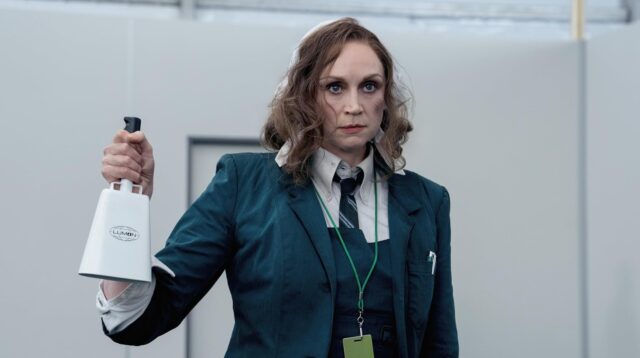
The innies’ lack of agency feels particularly cruel, especially when Lumon’s policies treat their termination as the “death” of an individual consciousness.
Protesters in the series argue that this amounts to murder, raising questions about identity, autonomy, and exploitation. Lumon’s dominance parallels real-world concerns about the dehumanizing nature of corporate control and the erosion of personal boundaries in the name of productivity.
Why Is the Innie vs. Outie Debate So Compelling?
What sets Severance apart from typical sci-fi fare is its willingness to confront these moral dilemmas head-on. The show isn’t content with presenting the severance procedure as a futuristic quirk; it forces us to reckon with its consequences.
In doing so, Severance crafts a story that is as provocative as it is entertaining, daring us to imagine a world where the compartmentalization of our lives goes too far.

Final Thoughts
In Severance, the line between innovation and exploitation blurs in ways that are both fascinating and deeply unsettling. By diving into the innie-outie dichotomy, the show exposes not just the mechanics of severance but the human cost behind it.
As audiences eagerly await Season 2, one thing is clear: Severance isn’t just a series—it’s a conversation starter about identity, autonomy, and the ethics of technological advancement.
About Severance
Severance is an American science fiction psychological thriller television series created by Dan Erickson and directed by Ben Stiller and Aoife McArdle. It stars Adam Scott, Zach Cherry, Britt Lower, Tramell Tillman, Jen Tullock, Dichen Lachman, Michael Chernus, John Turturro, Christopher Walken, and Patricia Arquette.
The series premiered on Apple TV+ on February 18, 2022.
The plot follows Mark Scout (Scott), an employee of the fictional corporation Lumon Industries who agrees to a “severance” program in which his non-work memories are separated from his work memories.



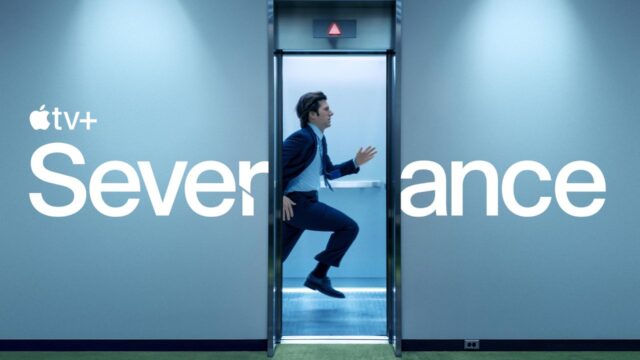
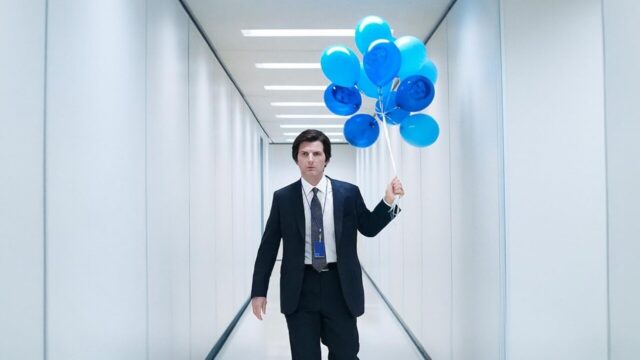
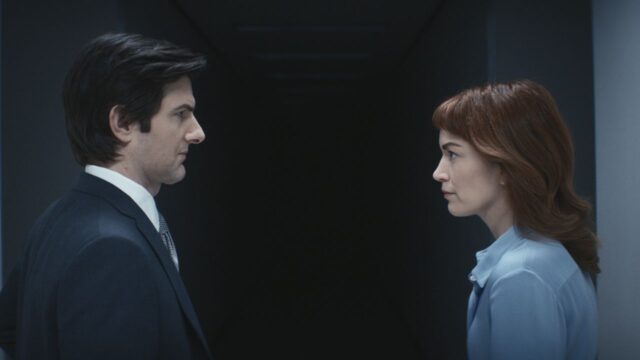

No Comments on Severance: Decoding the Innies vs. Outies Debate and the Ethics of the Procedure